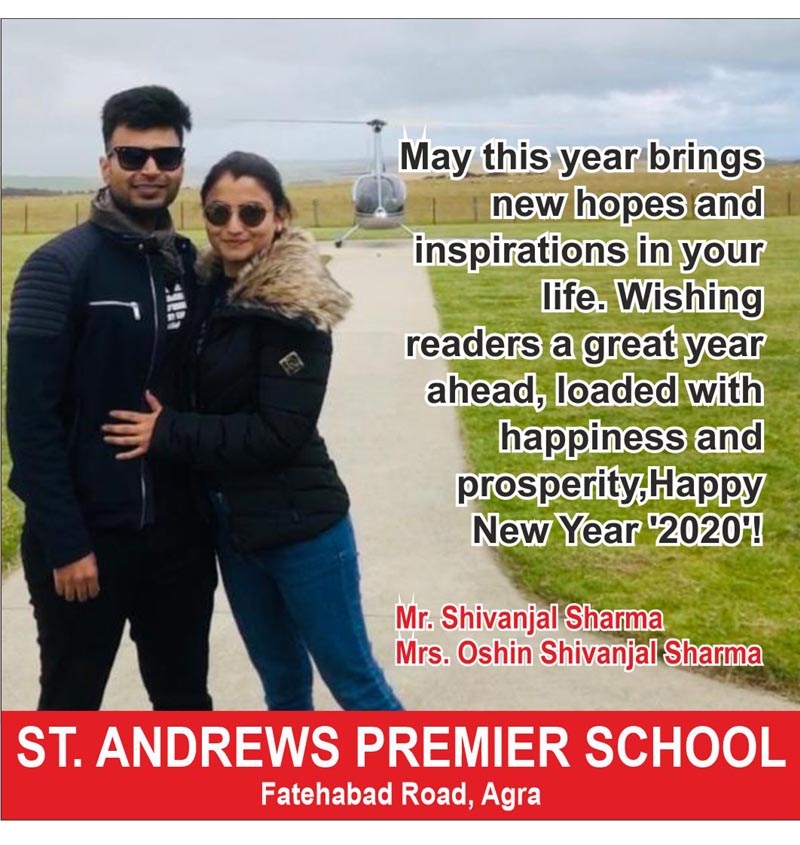What Are Interior Textures?
Interior textures refer to the surface quality and feel of materials used within a space. These textures can be tactile, meaning they are physically felt (like the roughness of wood or the smoothness of marble), or visual, where the texture is perceived through sight (such as the patterns on wallpaper or the weave of fabric).
Textures are integral to the design of every room. They can affect the ambiance, mood, and overall perception of space. By layering various textures, designers can create rooms that feel balanced, visually engaging, and comfortable to live in. These textures can be categorized as either natural or man-made and vary from rough and smooth to matte and shiny.
The Importance of Texture in Interior Design
Textures play an essential role in interior design for several reasons:
-
Visual Interest and Depth: A room that consists of only flat, uniform surfaces can feel one-dimensional. By introducing different textures, you create layers that add depth and complexity. For example, pairing a sleek leather sofa with a wool rug or rough-hewn wooden furniture with soft, plush pillows adds visual interest and keeps the space from feeling flat.
-
Emotional Impact: Just as colors can evoke specific emotions, textures also affect how we feel in a room. Soft, plush fabrics like velvet or chenille can create a sense of warmth and comfort, while harder, colder surfaces like marble or concrete can convey sleekness and modernity. For instance, a room with rough textures like exposed brick and industrial steel may feel urban and edgy, while a room with soft, cozy textures like cashmere and linen will feel welcoming and serene.
-
Functionality: Different textures can also have a practical function. A textured surface, like a non-slip rug or an upholstered headboard, can make a room more comfortable and safe. Moreover, textures can enhance the usability of a space—consider how the rough texture of a stone countertop contrasts with the smoothness of a wooden table, or how the cushioned feel of a fabric-covered chair makes it comfortable for long sitting.
-
Sensory Experience: Texture adds a tactile layer to your environment that enhances the sensory experience of a room. The feel of fabrics and materials against your skin can influence your interaction with a space. A soft wool blanket or a smooth marble countertop encourages engagement with the space beyond just visual appeal.
Types of Interior Textures
Textures come in many forms, and each can contribute to the overall aesthetic and atmosphere of a room. Here are some of the most popular types:
1. Soft Textures
Soft textures evoke comfort, warmth, and relaxation. These are usually associated with fabrics and materials that are cozy and inviting.
-
Velvet: Often used in furniture like cushions, curtains, and upholstery, velvet creates a luxurious, tactile experience with its soft and rich texture.
-
Fabrics like Linen, Cotton, and Wool: These natural fibers can be used for everything from throws and rugs to upholstery and bedding, providing softness and warmth in a room.
-
Faux Fur: Faux fur, whether used for pillows, rugs, or throws, adds both softness and a touch of opulence to the space.
2. Smooth Textures
Smooth textures are sleek and modern, offering a sense of elegance and simplicity. They often have a reflective quality and can be associated with high-end design or minimalism.
-
Glass: Clear or frosted glass can add a polished look to any space, from glass table tops to vases and lighting fixtures.
-
Marble: Known for its smoothness and subtle veins, marble is a luxurious material often used for countertops, flooring, or accent walls.
-
Ceramic: From smooth glazed tiles to glossy ceramic lamps, ceramic can introduce a sleek, refined texture to a room.
3. Rough Textures
Rough textures add character and a sense of grounded authenticity. They work well in spaces aiming for a more rustic, industrial, or organic feel.
-
Wood: Whether it's reclaimed wood with visible knots or a more refined hardwood with natural grain patterns, wood adds warmth, texture, and an earthy element to any room.
-
Stone and Brick: Exposed brick walls or rough-cut stone flooring can bring an industrial edge or natural ruggedness to a space.
-
Concrete: Often used in modern and industrial designs, concrete can be polished or left raw, providing a bold, textured look that contrasts beautifully with softer elements in the room.
4. Textured Fabrics
Incorporating textures into your fabrics through weaving, knitting, or patterns can make your interior design more dynamic.
-
Knitted or Woven Textures: Items such as handwoven baskets, knitted throws, or macramé wall hangings can give a homey, tactile feel.
-
Patterned Fabrics: Textures don't have to be just about surface feel—they can also be visual. Patterns like houndstooth, stripes, or paisley add a layer of texture through their visual complexity.
5. Metallic Textures
Metals such as brass, gold, and chrome bring an element of glamour and sophistication. They can be used subtly for light fixtures, cabinet handles, or furniture accents, or more prominently as statement pieces.
-
Brushed or Polished Metal: The texture of brushed metal is sleek and modern, while polished metals can give a shiny, high-end look. Copper or brass, with their natural patinas, can warm up a space with their distinctive tones.
How to Layer Textures in Interior Design
One of the most effective ways to use texture is through layering. By combining different textures, you can create a harmonious yet dynamic space. Here are some tips for layering textures effectively:
-
Mix Soft and Hard: Contrast soft fabrics with harder materials to create balance. For instance, pair a plush velvet couch with a metal coffee table, or mix a leather chair with a woven rug.
-
Vary the Scale: Layer textures of different scales. You might combine a large-textured rug with fine-grain wood furniture or a chunky knit throw with smooth marble countertops.
-
Stick to a Color Palette: While mixing textures is key, it’s important to maintain a cohesive color scheme. This helps avoid visual overload while still offering variety through textures.
-
Consider the Room's Function: Think about how texture can affect the functionality of the space. A cozy, tactile environment in the bedroom is perfect for relaxation, while a more industrial, rough-textured space may be ideal for a modern living room or kitchen.
Conclusion
Textures are a fundamental component of interior design, offering a world of possibilities for transforming a room. By incorporating a thoughtful mix of soft, smooth, rough, and metallic textures, you can create spaces that are not only visually engaging but also provide a tactile, sensory experience that enhances the comfort and functionality of the room. Whether you’re aiming for a modern, minimalist look or a cozy, rustic atmosphere, textures allow you to elevate your home’s design and make every space feel uniquely yours.



















Your Message